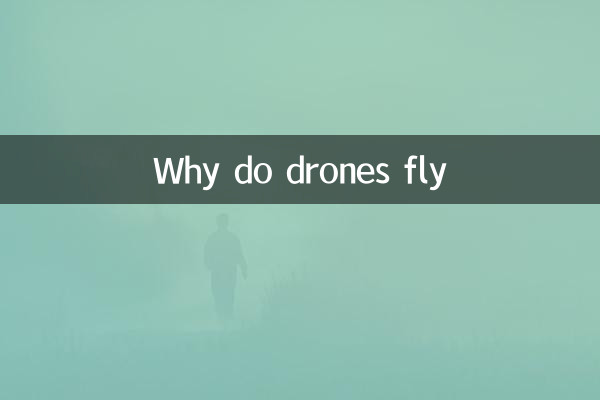Why do drones fly? Revealing the principles of flight and popular applications
In recent years, drone technology has developed rapidly and has become a popular tool in the fields of science and technology, military, photography, etc. So, why do drones fly? What is its flying principle? This article will analyze the flight mechanism of drones from a scientific perspective, and combine the hot topics of the entire network for nearly 10 days to show the practical application of drones.
1. The flight principle of drones

The ability of drones to fly mainly depends on the following four key factors:
| factor | effect | Example |
|---|---|---|
| Lift | Generated by the rotation of the propeller, overcoming gravity | Multi-rotor UAV drives propeller through motor |
| thrust | Provides motivation to move forward or backward | Fixed-wing drones rely on engine propulsion |
| Control | Adjust flight attitude and direction | The flight control system is realized by adjusting the motor speed |
| stability | Stay balanced and avoid losing control | Gyroscope and accelerometer assist in stability |
Multi-rotor drones (such as quadcopters) achieve up, down, steering and other actions by changing the speed of different propellers. For example, increasing all propeller speeds can increase height, while reducing one side speed can achieve steering.
2. Hot topics about drones in the past 10 days
The following are hot topics and data related to drones in the past 10 days on the entire network:
| topic | Popularity index | Main discussion content |
|---|---|---|
| Drone delivery | 8500 | Amazon and JD.com test drone delivery |
| Drone aerial photography competition | 7200 | Photo enthusiasts around the world share their works |
| Military UAV Applications | 6800 | The tactical role of drones in the Russian-Ukrainian conflict |
| Drone regulations | 6500 | Countries strengthen drone flight control |
| Agricultural drones | 6000 | Intelligent spraying of pesticides to improve efficiency |
3. Application scenarios of drones
Drones are very versatile, and the following are some typical areas:
1.Aerial photography: The drone is equipped with a high-definition camera, which can capture unique aerial perspectives and is widely used in the film, advertising and tourism industries.
2.Logistics and distribution: Amazon, SF Express and other companies are testing drone delivery, especially in remote areas where drones can significantly improve efficiency.
3.Agricultural monitoring: Agricultural drones can spray pesticides, monitor crop growth, and help farmers accurately manage farmland.
4.Emergency Rescue: In earthquakes, floods and other disasters, drones can quickly survey the disaster situation and deliver rescue materials.
4. Future development trends
With the advancement of artificial intelligence and 5G technology, drones will become more intelligent. For example, technologies such as automatic obstacle avoidance and cluster cooperative flight are under development. At the same time, countries are also improving drone regulations to ensure their safe use.
In short, the flight principles of drones are based on physics and engineering technology, and their applications are constantly expanding the possibilities of human beings. In the future, drones may become an indispensable part of daily life.

check the details

check the details